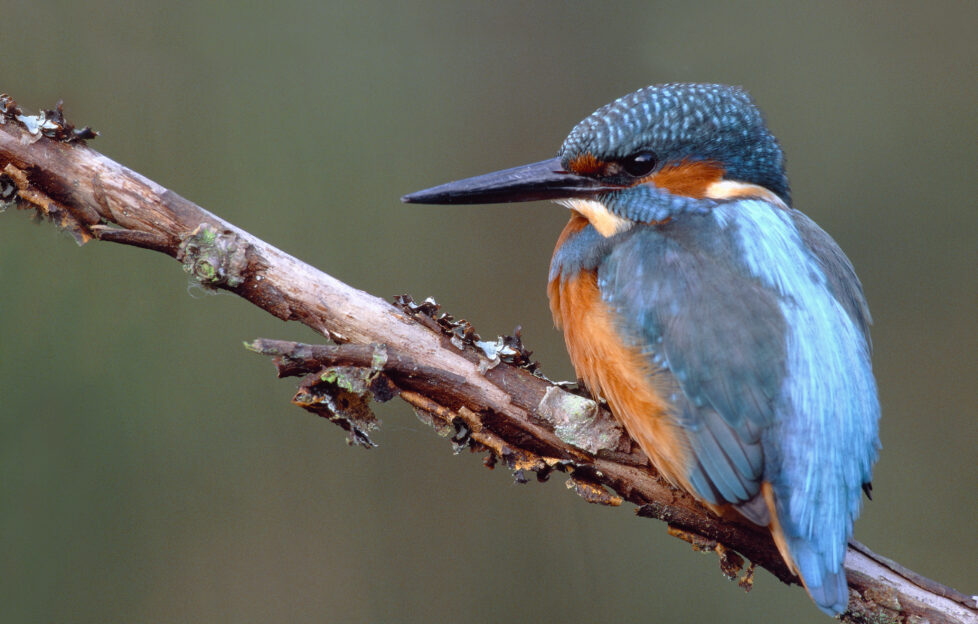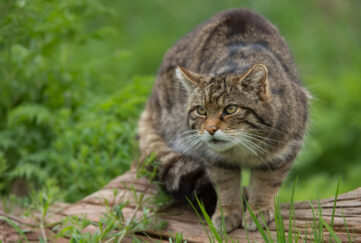Fascinating Facts – Kingfisher

Despite some declines in the last century, the famously bright-coloured kingfisher is increasing in numbers across Scotland, remaining an exciting spot for bird watchers…
1. Kingfishers have a transparent third eyelid which allows them to see their prey when they dive underwater for fish. Before diving into the water they close their third eyelid; however, to accurately aim, they dip their heads in to judge the depth of their catch.
2. A Kingfisher diet consists of mainly fish, chiefly minnows and sticklebacks, but they also enjoy some aquatic insects, freshwater shrimps and tadpoles.
3. It is the structure, rather than the colour of the kingfisher’s feathers that makes them appear so vivid. The way the feathers are structured causes a scattering of light that amplifies blue light and suppresses red light, creating that beautiful shade of electric blue.
4. Only a quarter of young survive to breed the following year! And very few live longer than one breeding season – the oldest kingfisher recorded was 7.5 years.
5. The kingfisher’s beak is so aerodynamic that the front of many Japanese bullet trains are modelled after it. Such a brilliant beak design allows the kingfisher to dive from its perch with maximum speed and minimum splash, and solved a Japanese rail line’s tunnel sonic boom problem.
WHERE TO FIND THEM: numbers are on the rise in Scotland near the south and central belt, and a few places further up north. They are mostly found near still or slow-flowing water such as lochs, canals and rivers in lowland areas.
You can read Jim Crumley’s Scottish wildlife columns online here, and each month in The Scots Magazine.
Subscribe to The Scots Magazine today for more of Scotland’s wildlife >>






